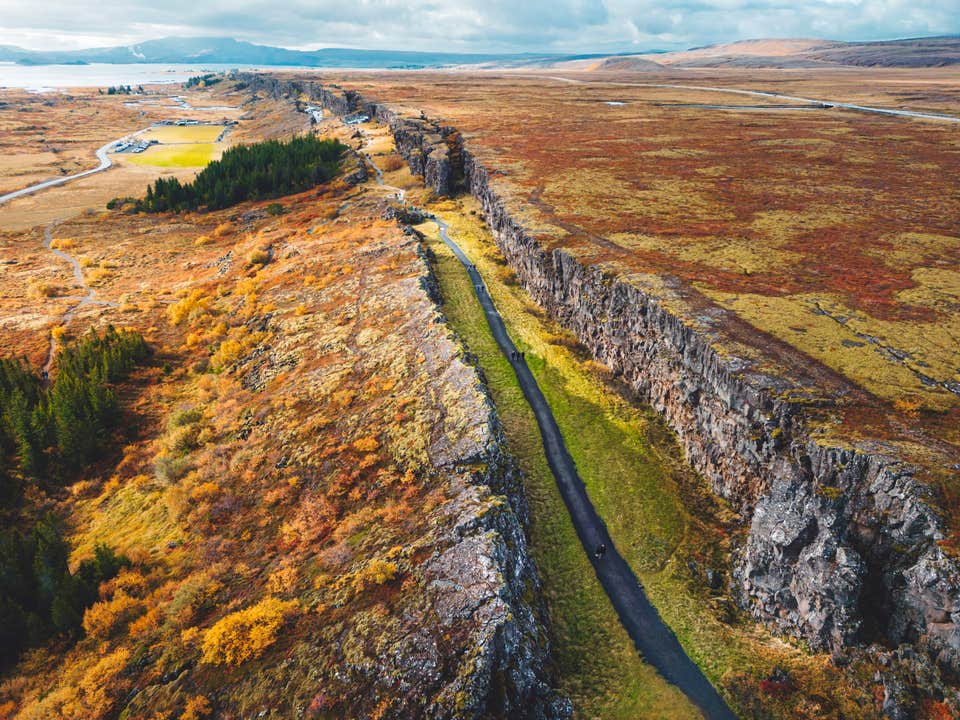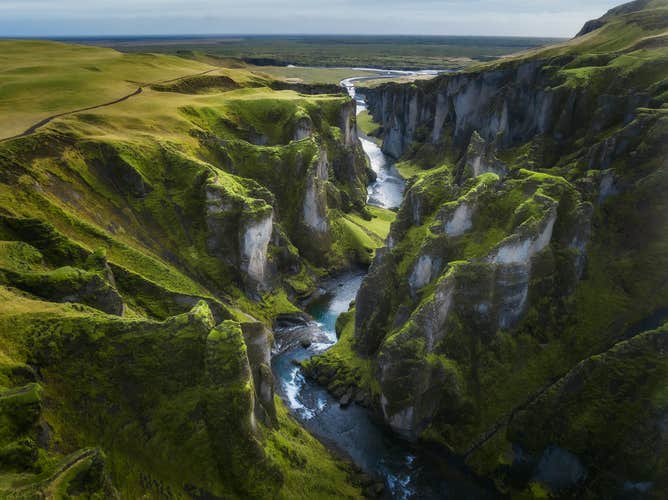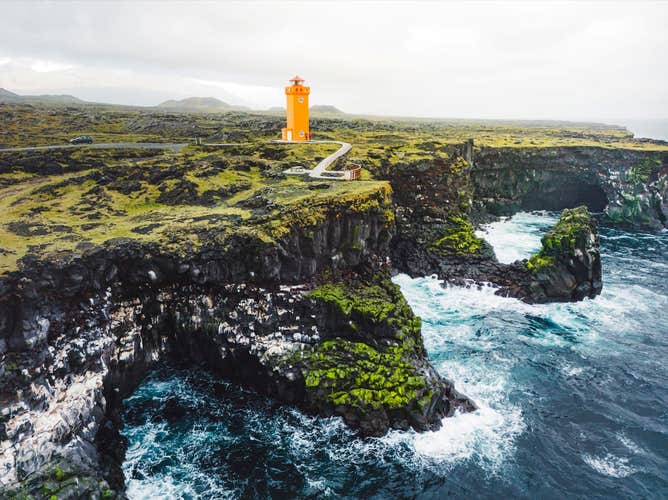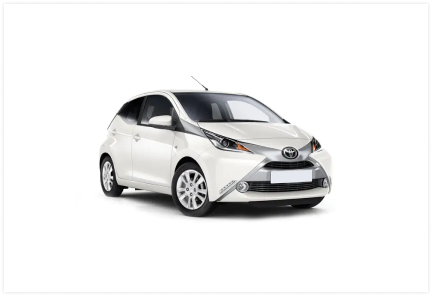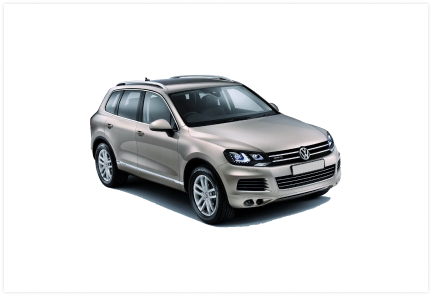Description
Summary
Description
Get ready for an epic adventure from coast to coast on this 12-day summer self-drive tour of Iceland. Experience the midnight sun, circle the entire Ring Road, and explore the country’s national parks on this incredible summer road trip in Iceland.
Planning a trip yourself can be exciting, but it also means weeks of research and the risk of missing out on Iceland’s top sights. At an unbeatable price, this tour includes a 12-day Ring Road itinerary packed with must-see sights and places unknown to many.
Say goodbye to the hassle of combing through endless travel blogs. Designed by a travel expert, your itinerary also contains recommended routes, ideal timings, and insider tips to make your self-drive tour in Iceland smooth and stress-free.
From departure to arrival, this tour will provide all your travel essentials. For 11 nights, you'll stay in carefully selected accommodations, customizable to fit your budget and preferences. A 24/7 personal travel agent will also assist you whenever needed throughout your journey.
While the itinerary is designed to help you maximize your time, this tour puts you in control. Enjoy a trip with no meeting points or other groups to worry about. You go wherever you want and decide when you arrive and leave.
On this 12-day Iceland road trip, you’ll explore the legendary Golden Circle and the beautiful Jokulsarlon Glacier Lagoon. You’ll visit all three of Iceland’s stunning national parks, wind through the remote beauty of the Eastfjords, and uncover the rugged wonders of West Iceland.
Many people visit Iceland to witness nature at its best, and this adventure lets you experience it all. Soak in mineral-rich waters of the Blue Lagoon and stand in awe at the mighty geysers of Thingvellir National Park. Wander the pitch-black sands of Reynisfjara Beach and hike through Skaftafell, a paradise surrounded by glaciers, waterfalls, and dramatic mountain peaks.
The magic of a summer road trip in Iceland lies in the endless daylight of the midnight sun. With no rush to beat the sunset, you can fill each day of your itinerary with as many unforgettable experiences as you like.
These include snorkeling in the Silfra Fissure, boating across the Jokulsarlon Glacier Lagoon, hiking on or snowmobiling across a glacier, caving, whale watching, and horse-riding. You can even walk inside a glacier or descend into the magma chamber of a dormant volcano! Add these optional activities at a discounted price when booking your Ring Road self-drive tour.
Apart from its affordable price, this top-rated tour offers flexibility and peace of mind. If your plans change, you can cancel up to 24 hours before departure for a full refund, no questions asked.
Tick off your travel bucket list with this epic 12-day self-drive tour of Iceland. Choose your dates and check availability now!
